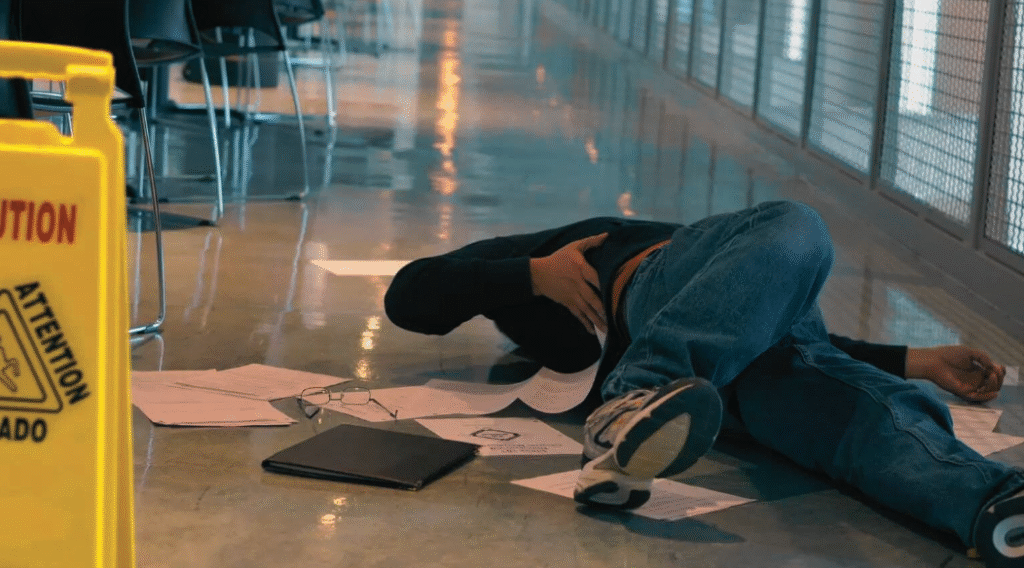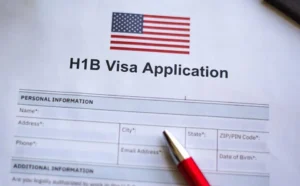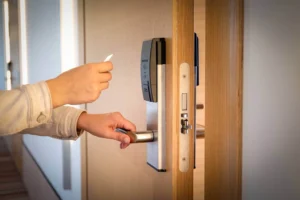
A slip and fall might seem like a minor incident—until you’re facing medical bills, lost income, and long-term pain. Whether it happens at a grocery store, apartment complex, or public sidewalk, documenting a slip and fall properly is crucial if you plan to pursue a legal claim. Without solid evidence, even a valid case can be dismissed or undervalued.
In this article, we’ll walk you through how to document a slip and fall accident step-by-step, so you can protect your rights and build a strong foundation for your personal injury claim.
1. Take Photos and Videos Immediately
As soon as the accident occurs—and if you’re physically able—take clear photos and videos of:
-
The hazard that caused your fall (wet floor, broken step, ice, loose mat, etc.)
-
The surrounding area, including lighting, warning signs (or lack of them), and any other contributing factors
-
Your injuries, bruises, bleeding, or torn clothing
-
Time indicators, such as a clock, weather conditions, or surveillance cameras nearby
Visual evidence is powerful. Property owners may clean up the hazard quickly, so capturing it immediately is essential.
2. Report the Incident
Report the fall to the property owner, manager, or supervisor on site. If you’re in a store, mall, or other commercial space, ask to complete an incident report.
Be sure to:
-
Get a copy of the report
-
Note the name and position of the person who took your report
-
Avoid making statements that suggest fault (e.g., “I wasn’t paying attention”)
If police or paramedics are called, obtain copies of their reports as well.
3. Gather Witness Statements
If anyone saw your fall—or the hazardous condition—ask for their:
-
Full name
-
Phone number
-
Email address
-
A brief written or recorded statement, if they’re willing
Neutral third-party witnesses can be valuable in proving negligence, especially if the property owner disputes your version of events.
4. Seek Immediate Medical Attention
Even if you feel “okay,” visit a doctor or hospital after your fall. Injuries like concussions, soft tissue damage, or internal injuries may not be obvious at first but can worsen over time.
A medical record:
-
Establishes a timeline between the accident and your injury
-
Proves the extent of your injuries
-
Supports your claim for damages and compensation
Keep copies of all records, prescriptions, X-rays, and diagnoses.
5. Maintain a Personal Injury Journal
Document how the fall has impacted your daily life. A personal injury journal can include:
-
Dates and severity of pain or symptoms
-
Missed workdays or income
-
Emotional and mental health struggles (anxiety, depression, PTSD)
-
Activities you can no longer do
This log can help your lawyer assess damages for pain and suffering and loss of enjoyment of life.
6. Preserve Physical Evidence
Keep any physical items that may help prove your claim, such as:
-
The shoes you were wearing at the time (don’t wash or alter them)
-
Torn or bloodied clothing
-
Receipts showing purchases you made at the location
-
Any assistive devices used post-injury (crutches, braces, etc.)
These items could support your claim by showing how the accident occurred or how seriously you were injured.
7. Act Quickly and Contact a Personal Injury Lawyer
The sooner you speak with a personal injury lawyer, the better. In Ontario, for example, the statute of limitations for slip and fall cases is typically 2 years, but claims against municipalities must be notified within 10 days.
A lawyer will:
-
Help you gather additional evidence (like security footage)
-
Determine if negligence occurred
-
Handle communication with insurance companies
-
Maximize your compensation
8. Keep Everything Organized
Create a file (physical or digital) to store:
-
Medical records
-
Bills and receipts
-
Witness information
-
Photos and videos
-
Communication with property owners or insurance companies
Being organized shows you’re serious about your case and helps your lawyer build a stronger claim.
Final Thoughts
Proper documentation is the backbone of any successful slip and fall injury claim. By acting quickly, gathering strong evidence, and consulting a personal injury lawyer burlington early on, you give yourself the best chance of receiving the compensation you deserve.




